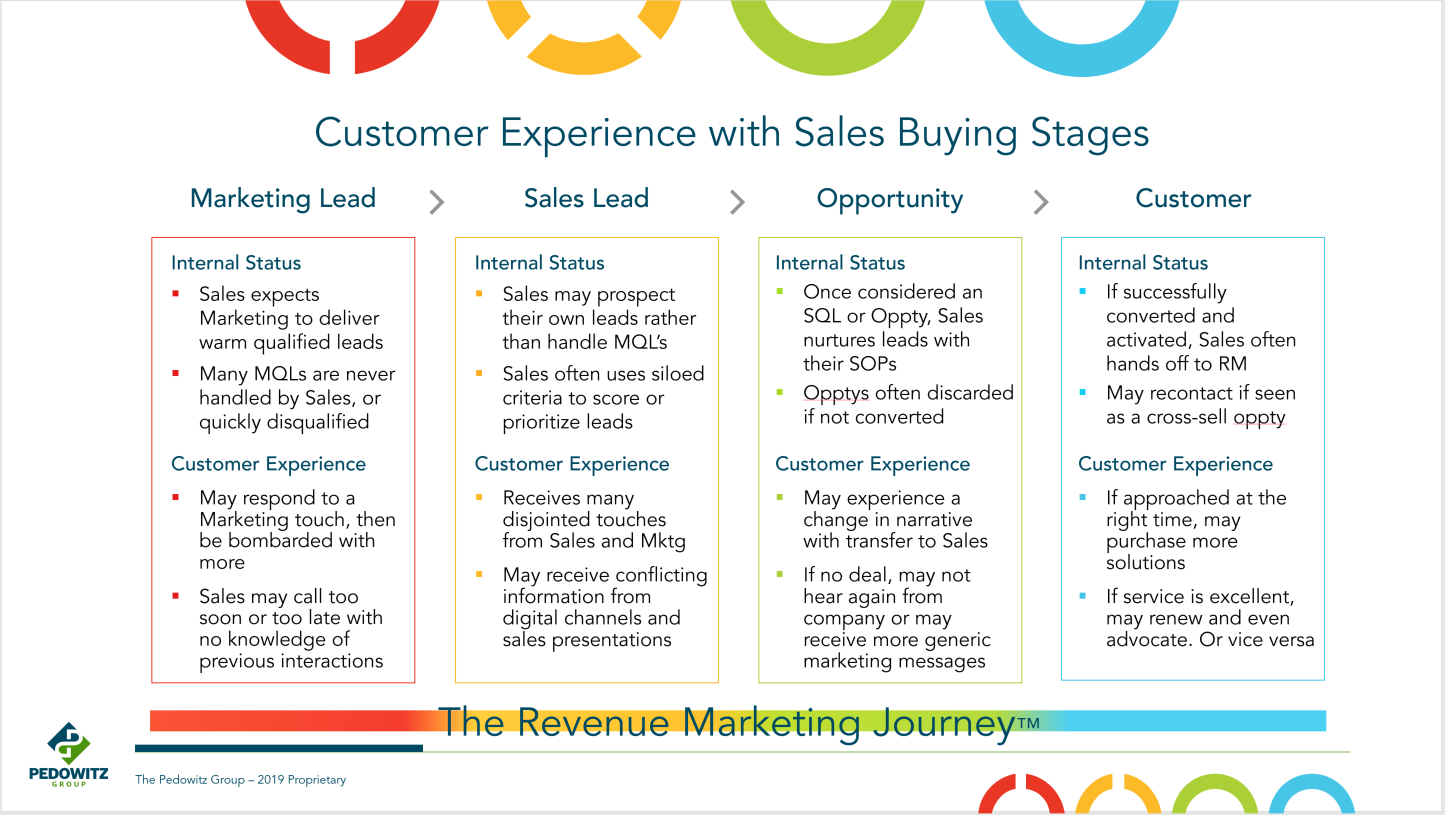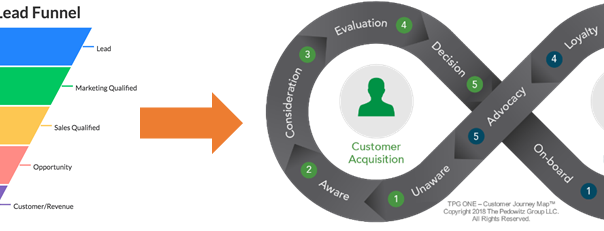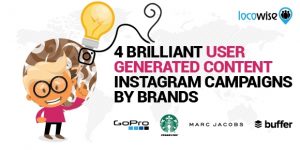— July 12, 2019

As we discussed in part 2 of this series, even the largest and oldest companies are facing a new B2B selling environment where “old school” marketing and sales just doesn’t work like it did. Companies that talk to their prospects instead of listening and working with changing customer requirements are starting to lose out.
Also, we discussed in part 1 of this series, much of today’s B2B selling cycle happens online without human interaction. When done right, the brand delivers a clearly-defined experience driven in large part by the customer’s previous digital behavior. The customer experience may feel self-driven but is actually tailored based on data insights that the brand has gathered.
Large B2B corporations are often filled with silos. Corporate marketing, product marketing, sales development, field sales and other groups may all be talking to prospects and customers without regard for the overall conversation. A lot of disjointed noise doesn’t make for a great customer experience and prospects are screening it out.
Companies that still think in terms of sales funnels are surprised when the expected opportunities don’t fall out the bottom. Often their response is to push marketing to pour more leads into the top.
What happens when the funnel starts drying up? Let’s take a look:
- Company X – let’s call them Acme – has always focused its marketing and sales efforts around “the funnel.” They see the world in terms of Marketing Leads, Sales Leads, Opportunities and Customers. Of course, Sales doesn’t always value Marketing Leads, and Marketing efforts aren’t always in tune with what Sales is trying to sell. But the execs look at the funnel metrics religiously to see how many leads are making it through. Recently the velocity has slowed, and more leads are falling to the floor. Naturally, marketing is pressured to make it rain and big campaigns are planned. But like many companies, Acme doesn’t have a way to measure effectiveness. Funnel results are their metric. How can they instead match their efforts and metrics to customer needs?
If Acme’s story sounds familiar, it’s because we all regularly engage with companies that have outmoded customer engagement models. Instead of thinking about what we the prospect might need, they toss leads into an artificial funnel or buying stage path and see what comes out the other side. These companies don’t realize that more isn’t always better. As customers, we’d all like to see fewer but more relevant emails and no obvious break in the conversation when marketing hands off to sales.

This scenario often occurs in mature companies struggling to evolve as their market changes. Tactics that used to work for them are showing signs of age. Newer technologies and tools are giving their competitors better ways to nurture and sell clients. They know they must integrate systems, data, and processes in order to enable a Revenue Marketing model that is based on continuous communication. But their funnel approach is familiar and change is hard.

Companies like Acme must refocus their efforts on the long-term versus the immediate sales need. Instead of spraying emails, marketing learns to nurture prospects with stage-appropriate offers based on their interactions – the right message at the right time in the right format and channel. Sales learns to engage at the right time, tailoring their approach based on activity history. Campaigns feature cross-functional plays and all customer touchpoints become orchestrated.
If your company is a bit too much like Acme, focusing on customer experience instead of the funnel will help you take customer relationships to a new level. As you move from one-sized-fits-all to personalized marketing, your customers will experience fewer disjointed communications, more relevant and timely information, and offers that enable their own growth and revenue. They will purchase, buy more, renew, and even advocate. You’ll see breakeven, profitability and maximum life-time value.
If your prospects are not fitting into your funnel, consider changing your model. Treat the customer journey as an infinite loop that results in more revenue and loyalty over time.
Business & Finance Articles on Business 2 Community
(80)
Report Post





